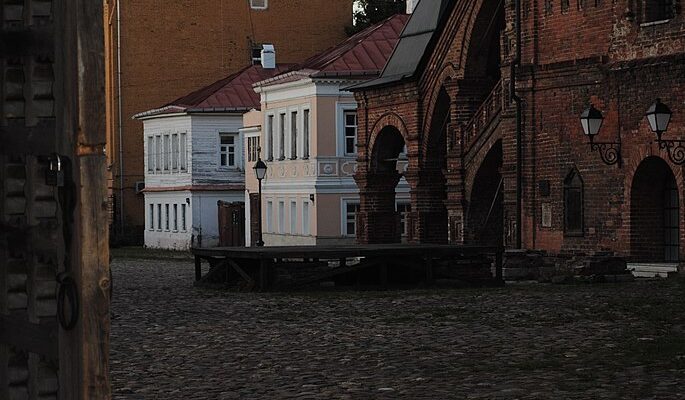Krutitsky podvorye
Krutitsky podvorye is a historical monument that preserved the image of Moscow of the XIII-XVIII centuries; one of the best examples of Russian brick church architecture. It is an atmospheric place where time has stopped, a fragment of the ancient urban landscape, a marvelous island of antiquity, the picturesque beauty and rich history of which attracts the attention of tourists at any time of the year. Everything in the Krutitsky farmstead is a delight: the cobblestone sidewalk, the red-brick masonry, and the beautiful watered tiles.
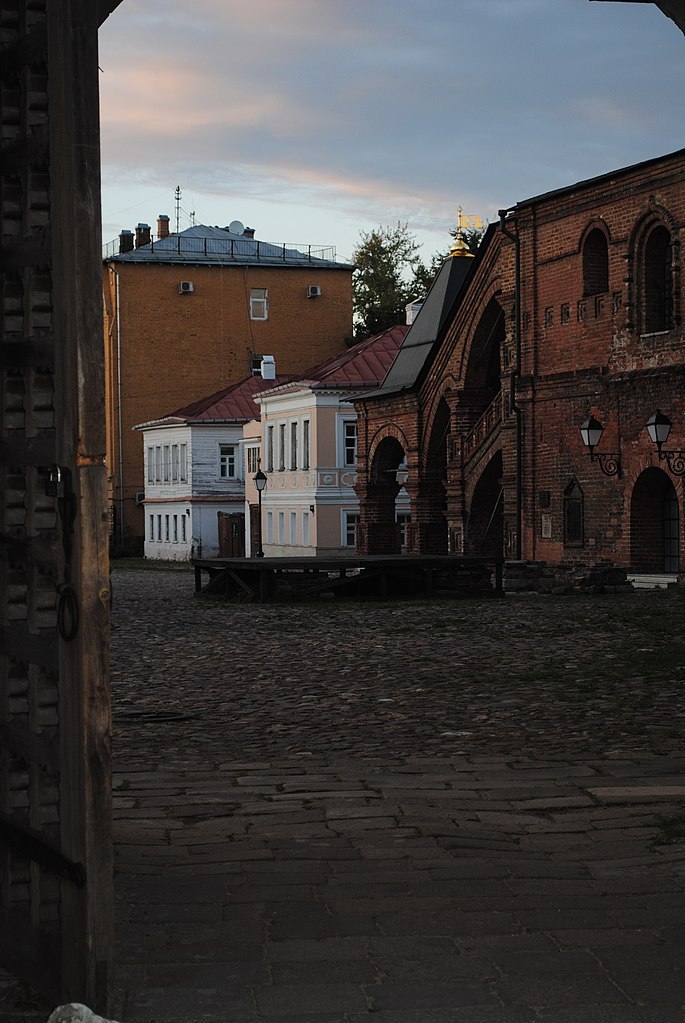
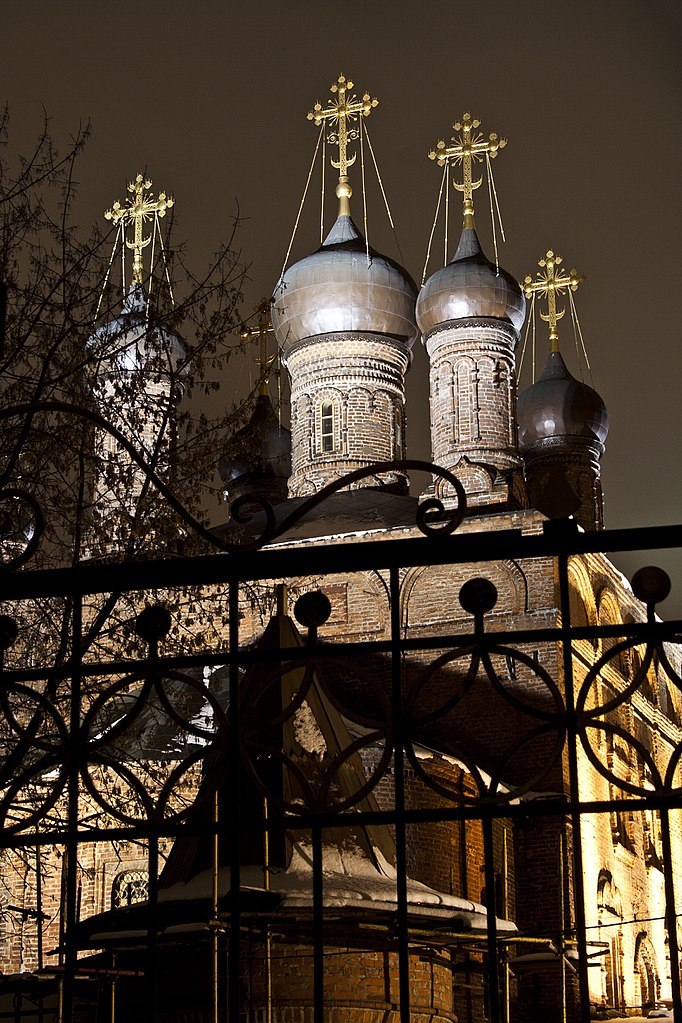
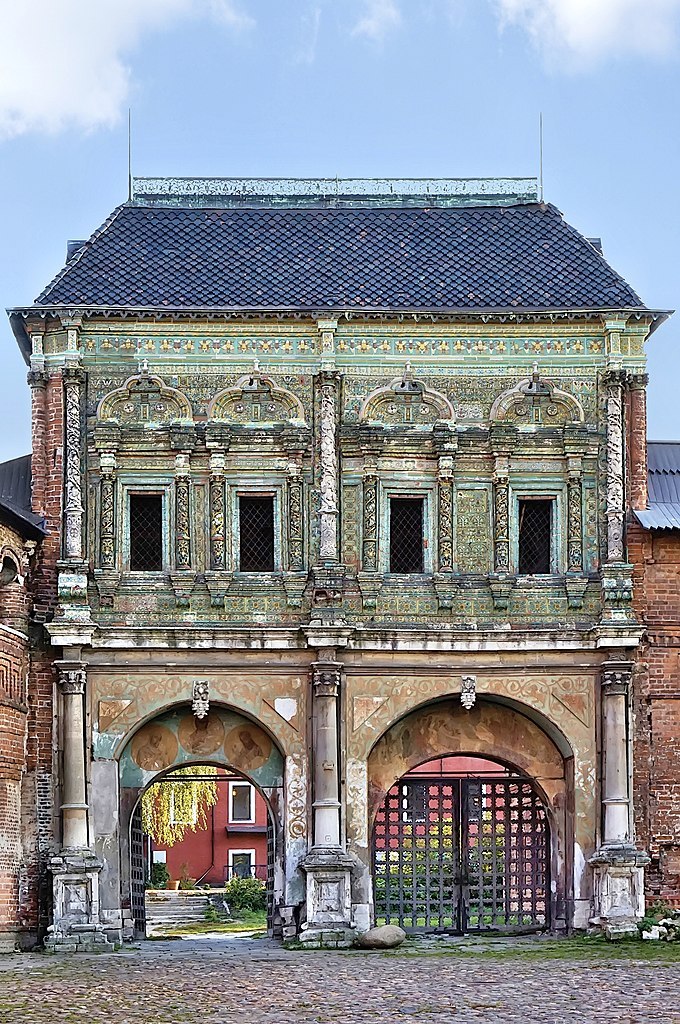
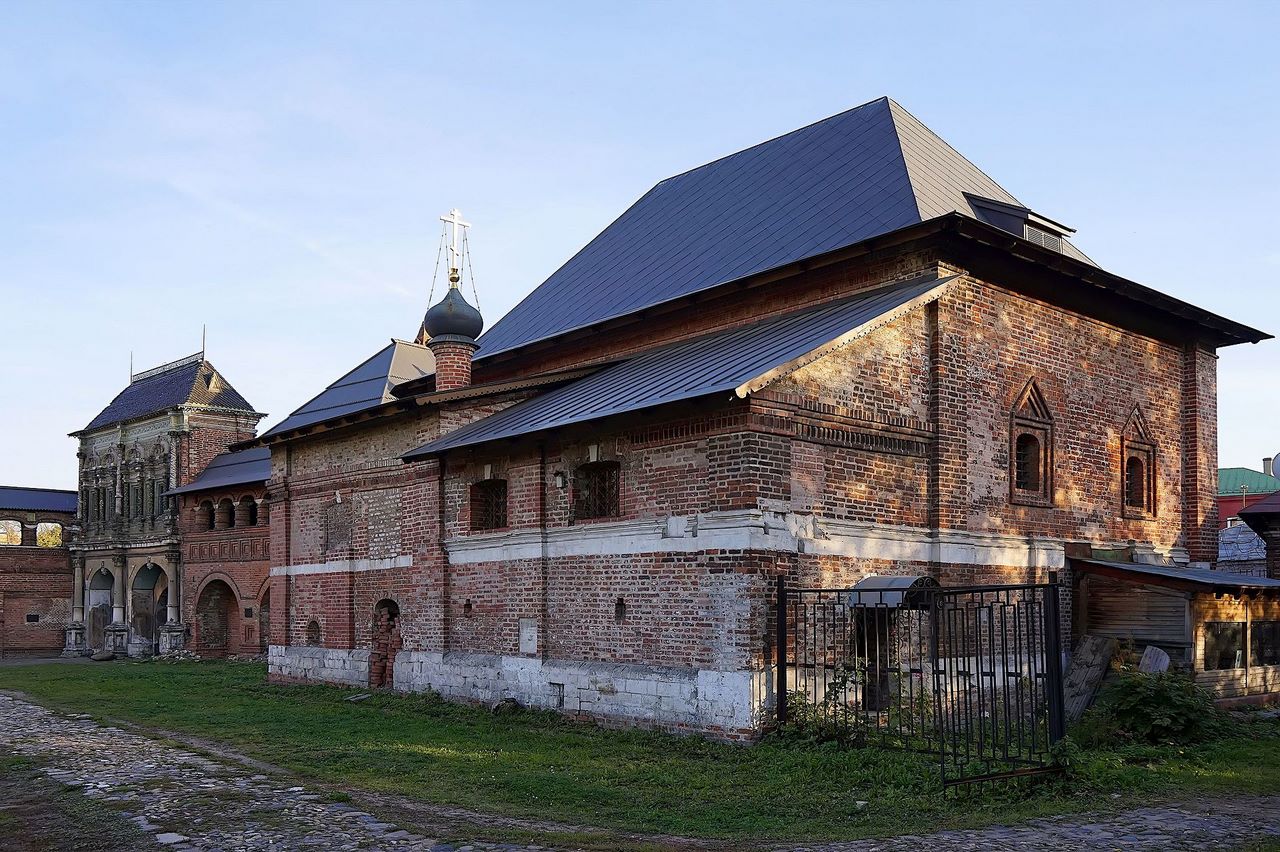
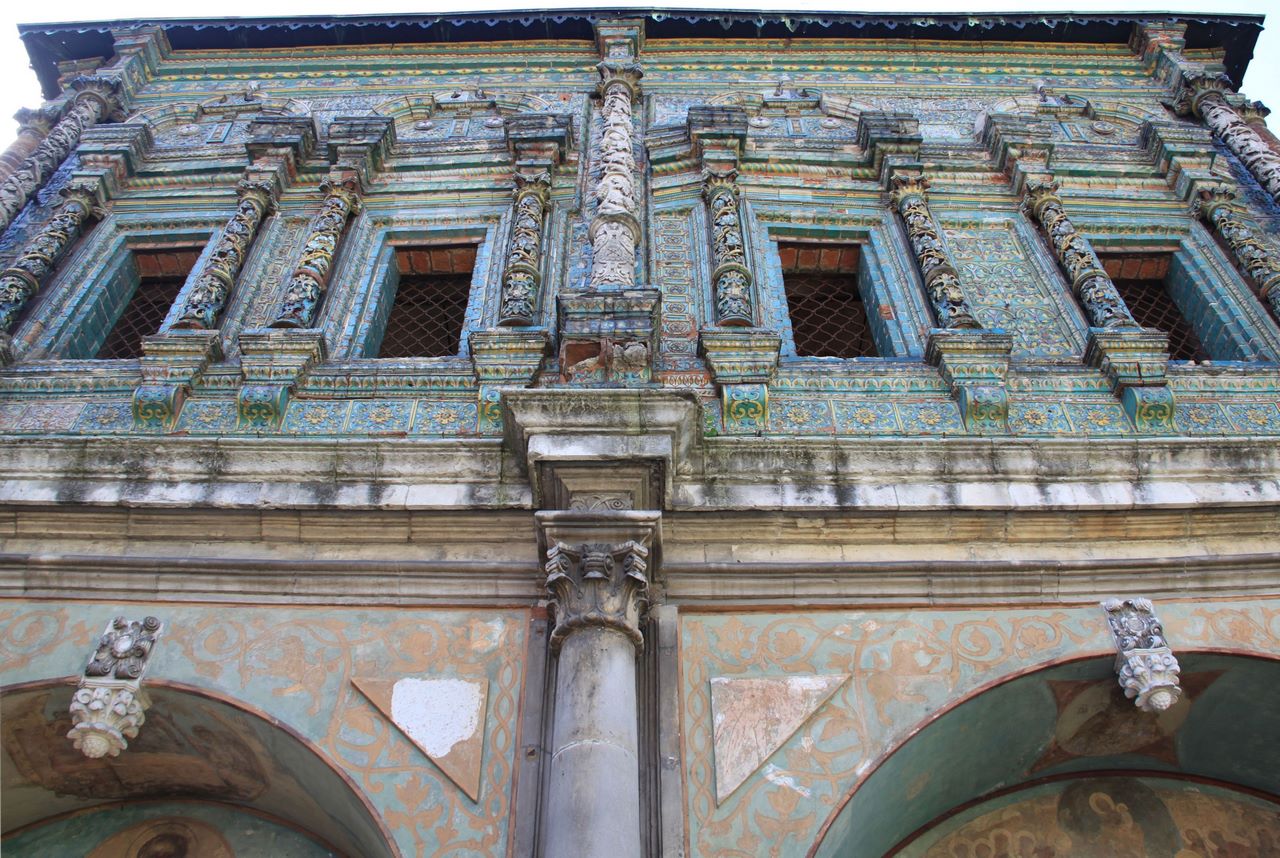
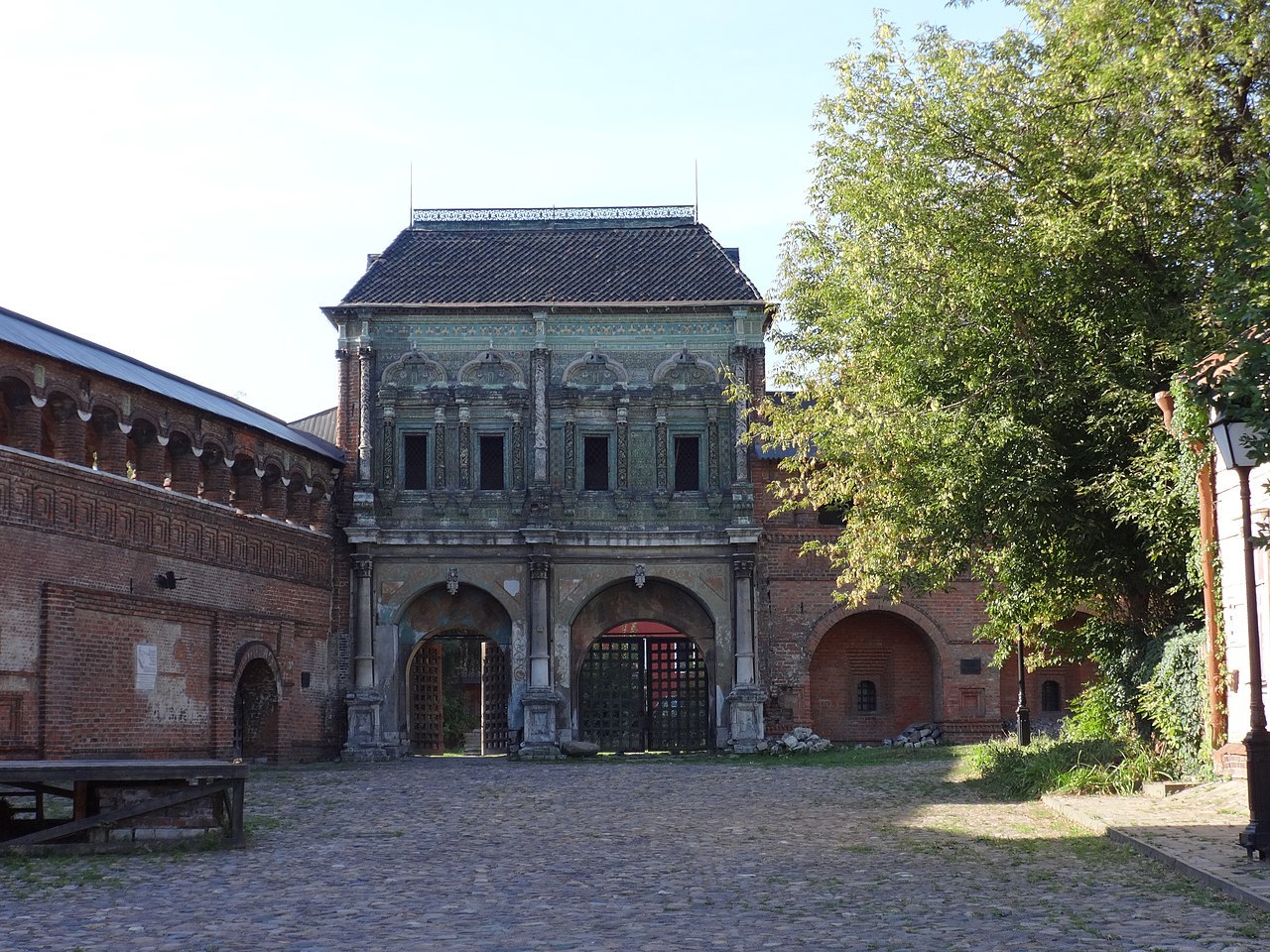
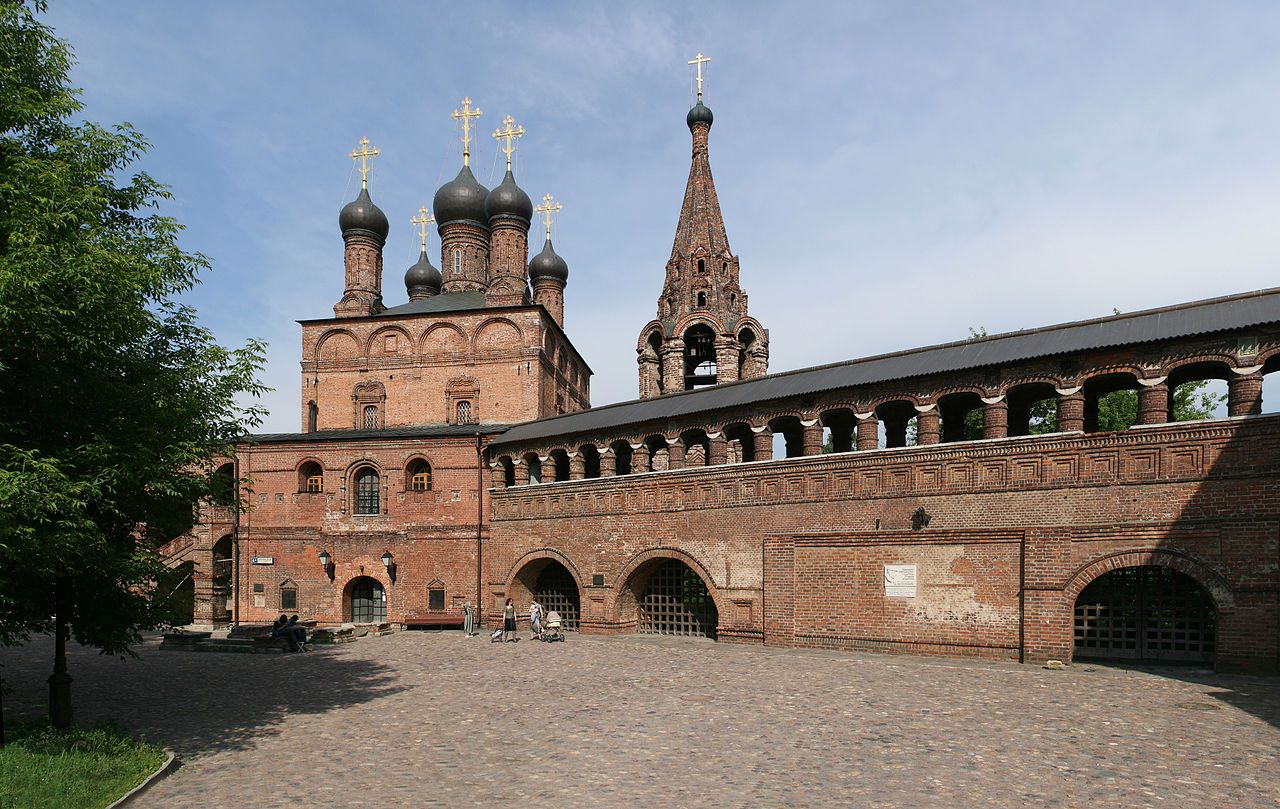
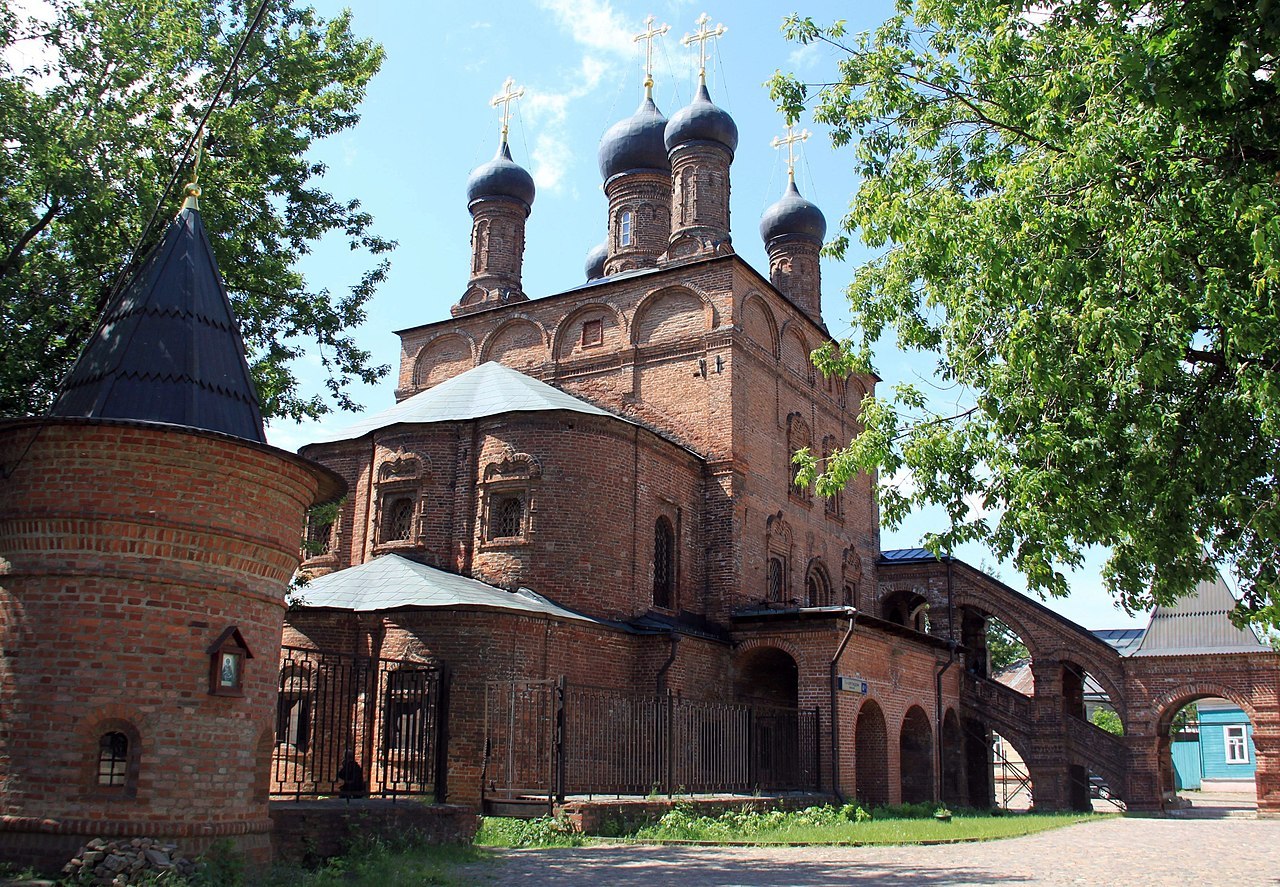

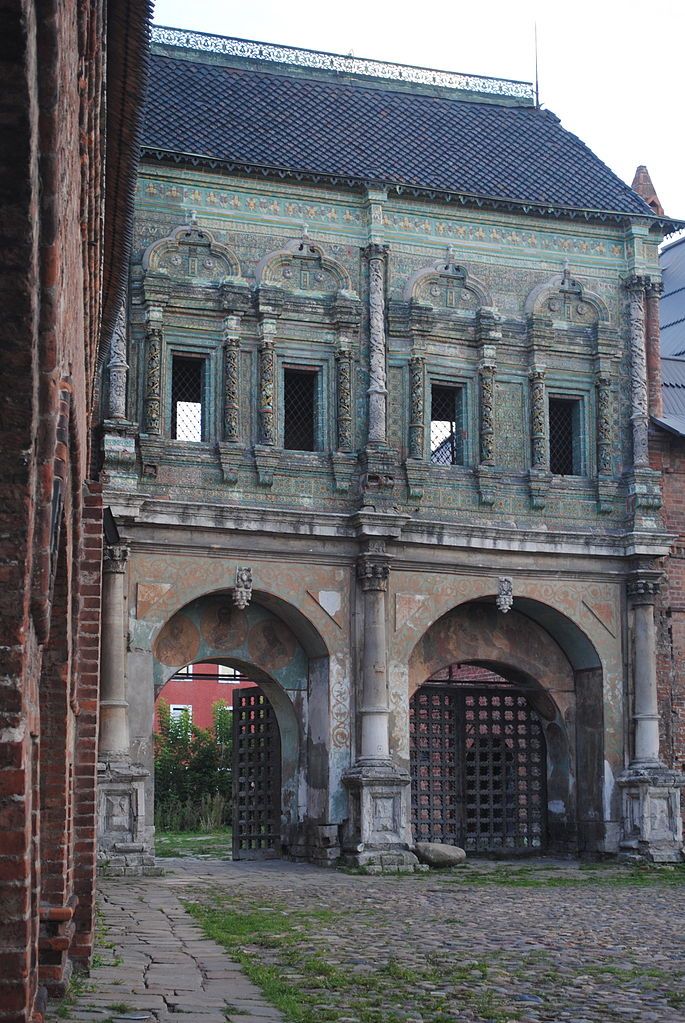
Video: Krutitskoye podvorye
Contents- General information
- History of Krutitsky podvorye
- Architectural ensemble
- Useful information
- How to get there
General Information
Being one of the oldest Moscow church suburbs, Krutitsky Suburbs is a true masterpiece of Russian architecture in the form of a magnificent architectural ensemble. This majestic metropolitan landmark was founded during the Tatar-Mongol yoke as the residence of Sarai episkops.
.
The beauty of Krutitsky podvorye and the extraordinary atmosphere, saturated with secrets and secrets of the past, attract both painters and filmmakers. Such films and series as “War and Peace”, “Secrets of the Palace Coups”, “Catherine”, “Gardemarines, Go!” were filmed on the territory of Krutitsky podvorye.”
.’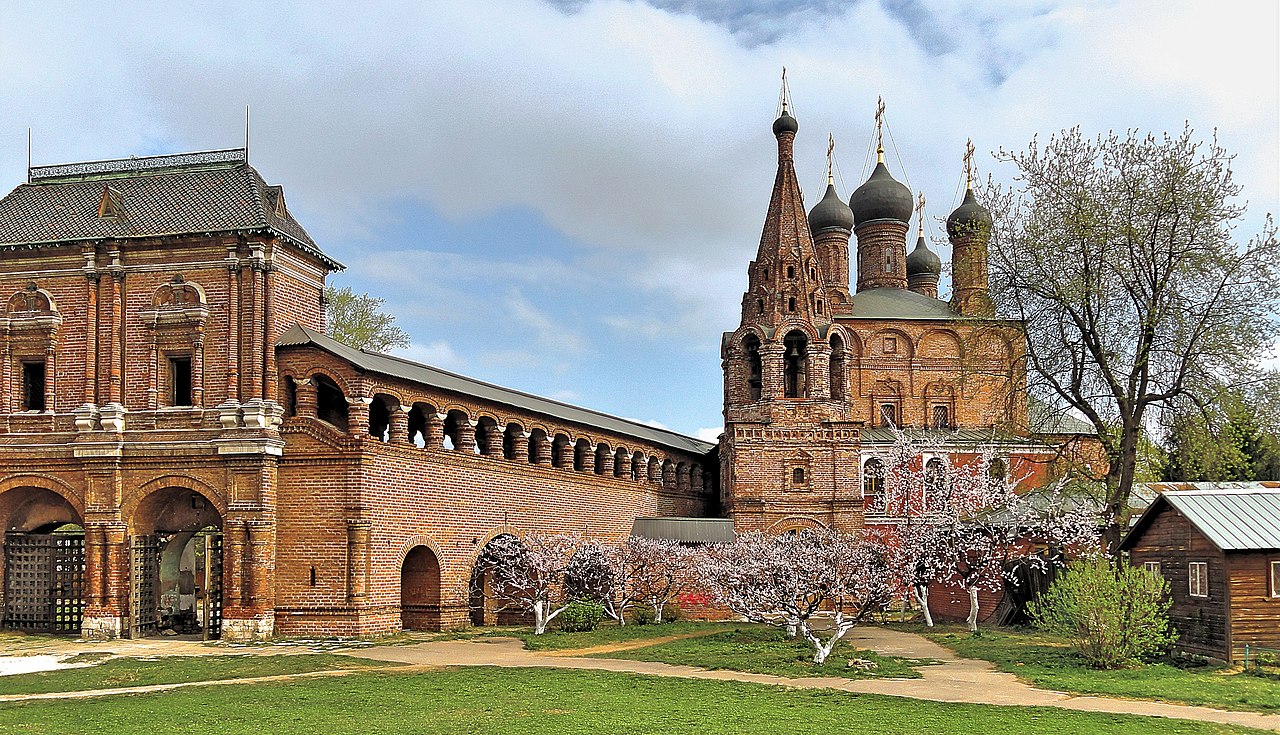
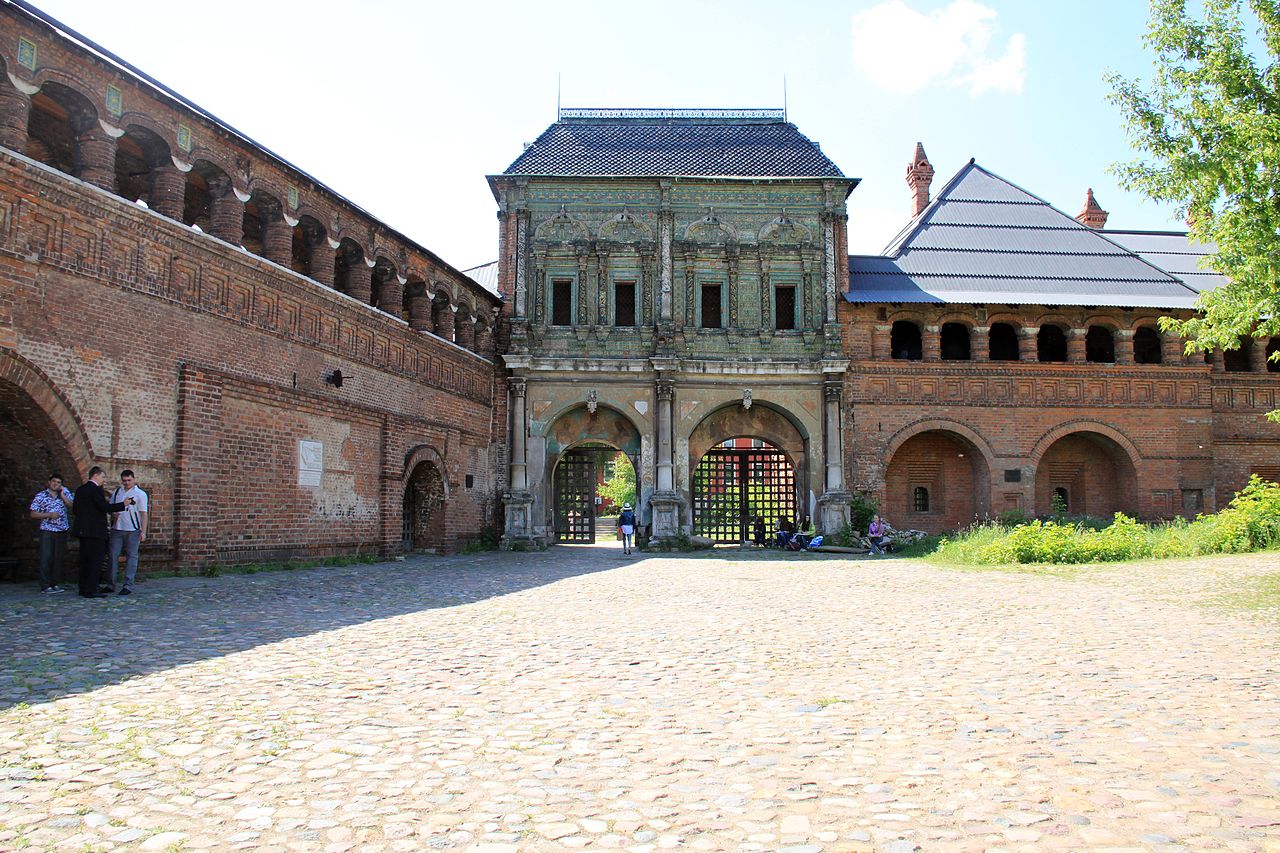
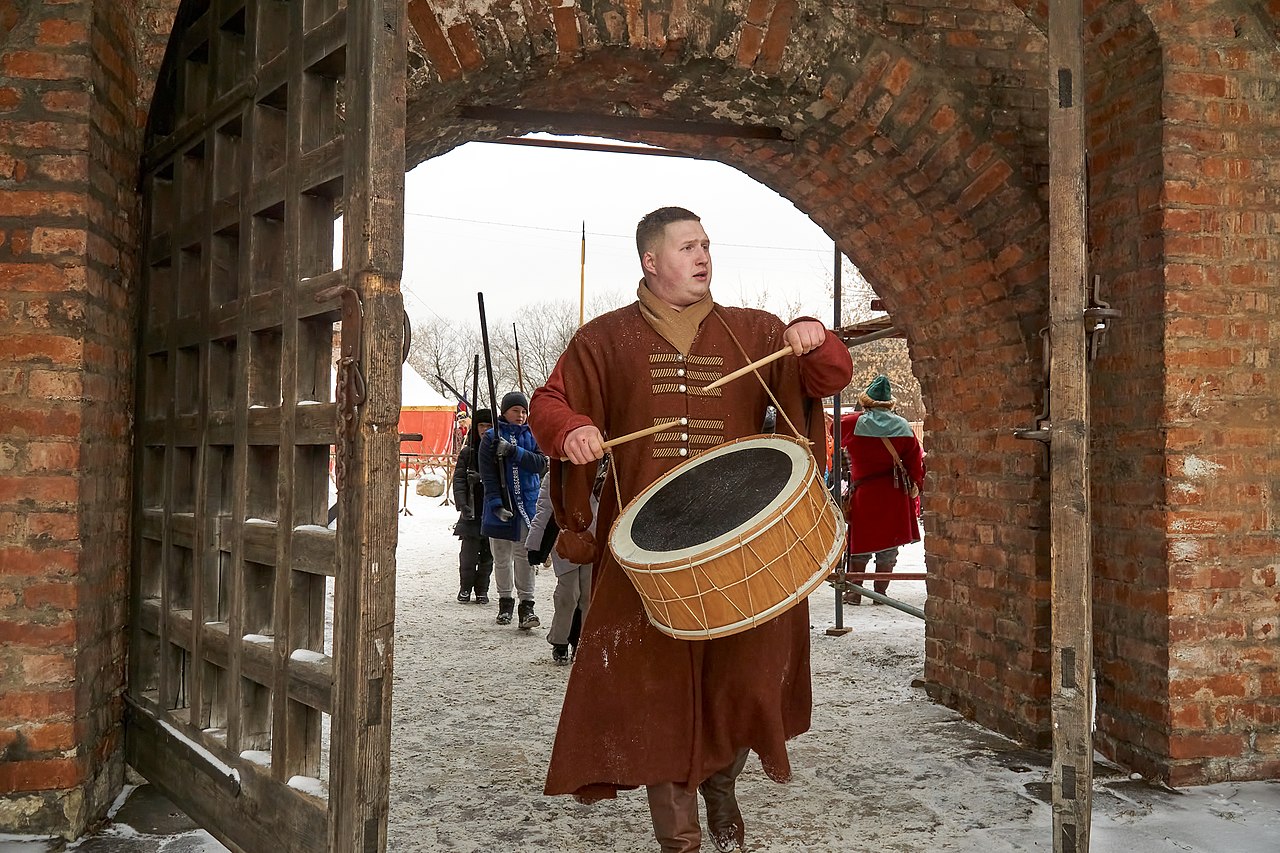
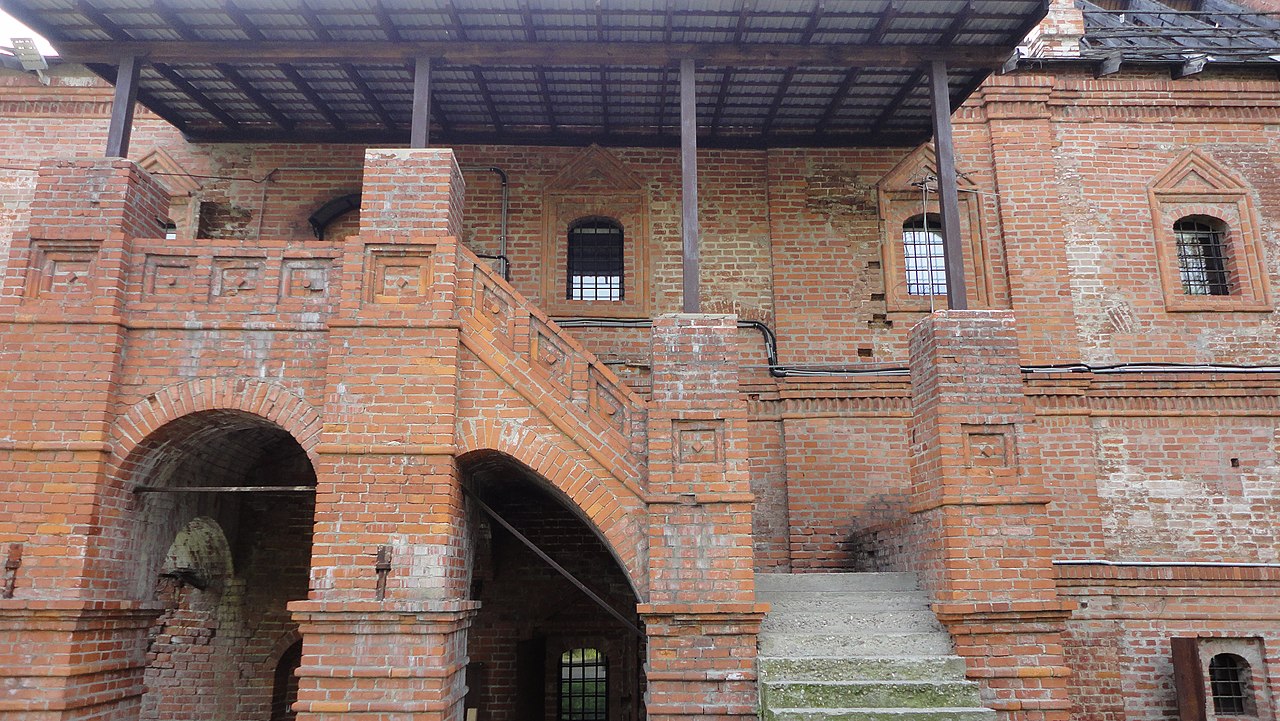
History of Krutitsky Podvore
The history of Krutitsky podvorye begins in the XIII century. At that time, Russia was under the oppression of the Mongol-Tatar yoke. Alexander Nevsky’s petition, which he submitted to the khans of the Horde with a request to permit the organization of an Orthodox diocese in Sarai, was granted. The Sarai bishops received from Nevsky’s son Daniel of Moscow an area not far from Moscow in the princely village of Krutitsy. It was named in honor of the hill located below the mouth of the Yauza River on the left bank of the Moscow River. There, keeping the way to the capital, they could stop and rest.
.In 1262 a church was built in honor of Saints Peter and Paul and a male monastery was founded at it. In 1272 the temple and the monastery were consecrated. The monastery began to grow rapidly, a high stone wall was built around it, then four corner towers appeared on the wall. This place was protected from plunder by the Khan’s letters of protection.
.Over time, the monastery gained great authority, and its sphere of influence was constantly expanding. Krutitsky suburb gained its importance due to the routes to the trading cities passing through it. A little later, the diocese was moved here, and then the bishop’s residence was organized. These events took place in the 15th century, when the influence of the Horde began to wane.
.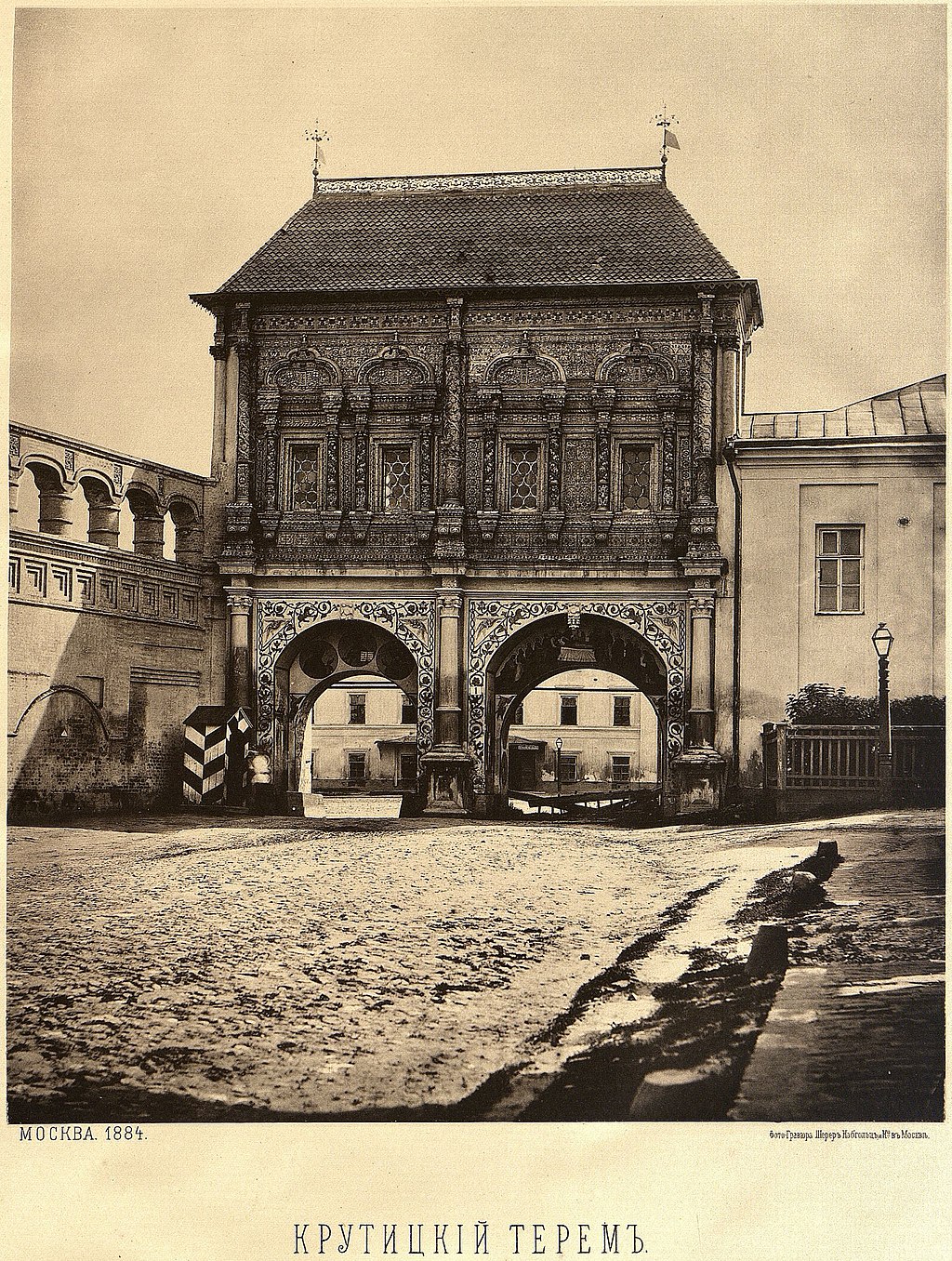
.
In 1991, the Krutitsky podvorye was handed over to the Russian Orthodox Church. The All-Church Orthodox Youth Movement was housed here. Thus began the revival of spiritual life. In April 1992 the first service was held after a long break. At present, the Krutitsky podvorye, which is the coordinating center for work with Orthodox youth, regularly performs divine services. And there are also six monuments of architecture and history of federal significance..Architectural ensemble
Buildings of the XVII-XIX centuries create a spectacular view of the farmstead. Krutitsky architectural ensemble includes such elements as: Uspensky Cathedral, belfry, crossing wall, Krutitsky terem, Metropolitan Chambers, Cross Chamber, Embankment Chambers, Metropolitans’ pavilion, Order Chambers, fence tower. Let’s consider the most beautiful and popular of them.
Uspensky Cathedral
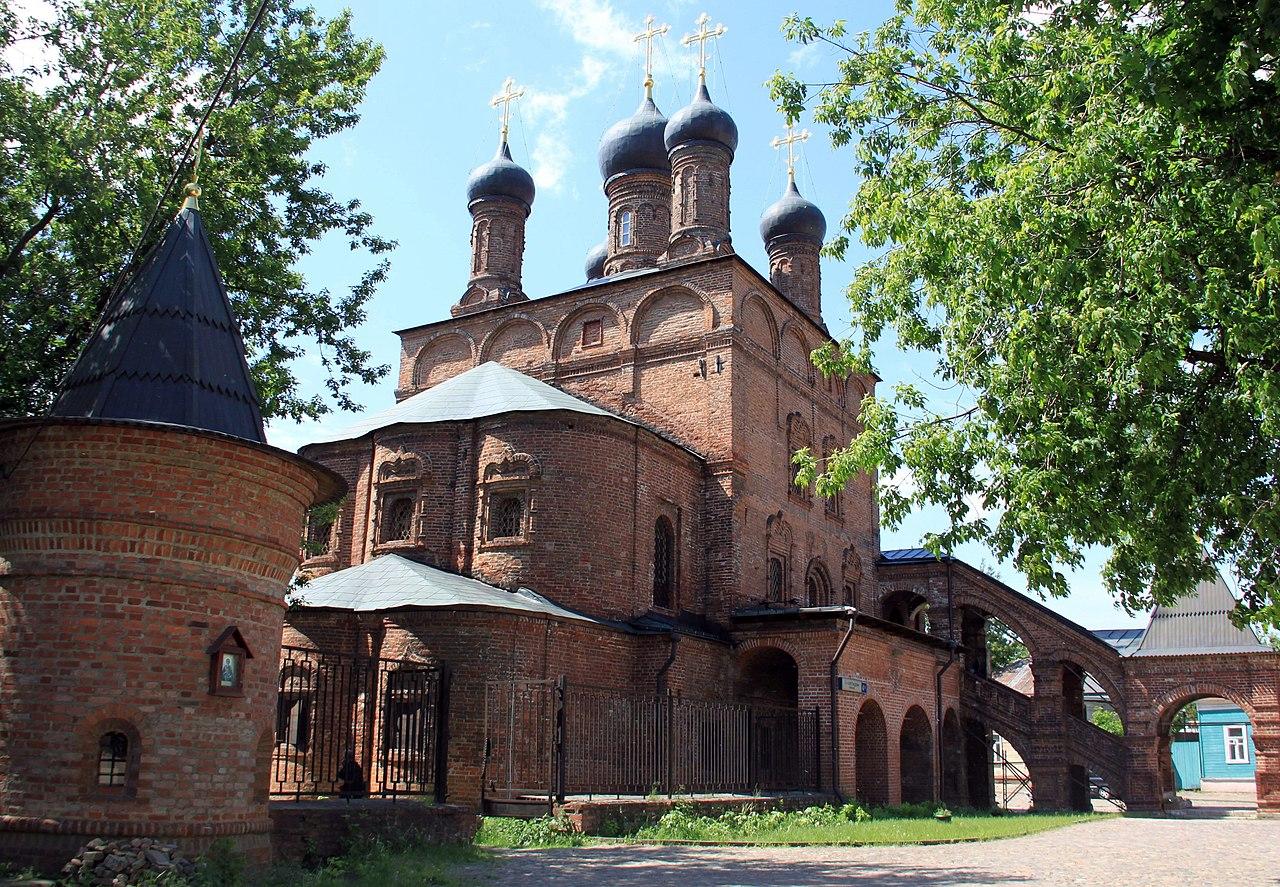
Krutitsky terem
Krutitsky terem, built in 1693-1694, includes not only the terem, but also the holy gate underneath it. This part of the architectural ensemble was created by Osip Startsev and Larion Kovalev, a prominent Russian architect and famous stone mason. In 1737 the temple was badly damaged in a fire, after which its tiled roof was replaced by an iron one.
.
Tradition says that from the windows of the Krutitsy Terem local bishops admired Moscow, blessed the people gathered in the square, and gave alms to the poor. The outer side of the terem is decorated with multicolored irrigated tiles. It is known that about 1500-2000 tiles were used in its construction. Krutitsky terem is under UNESCO protection.
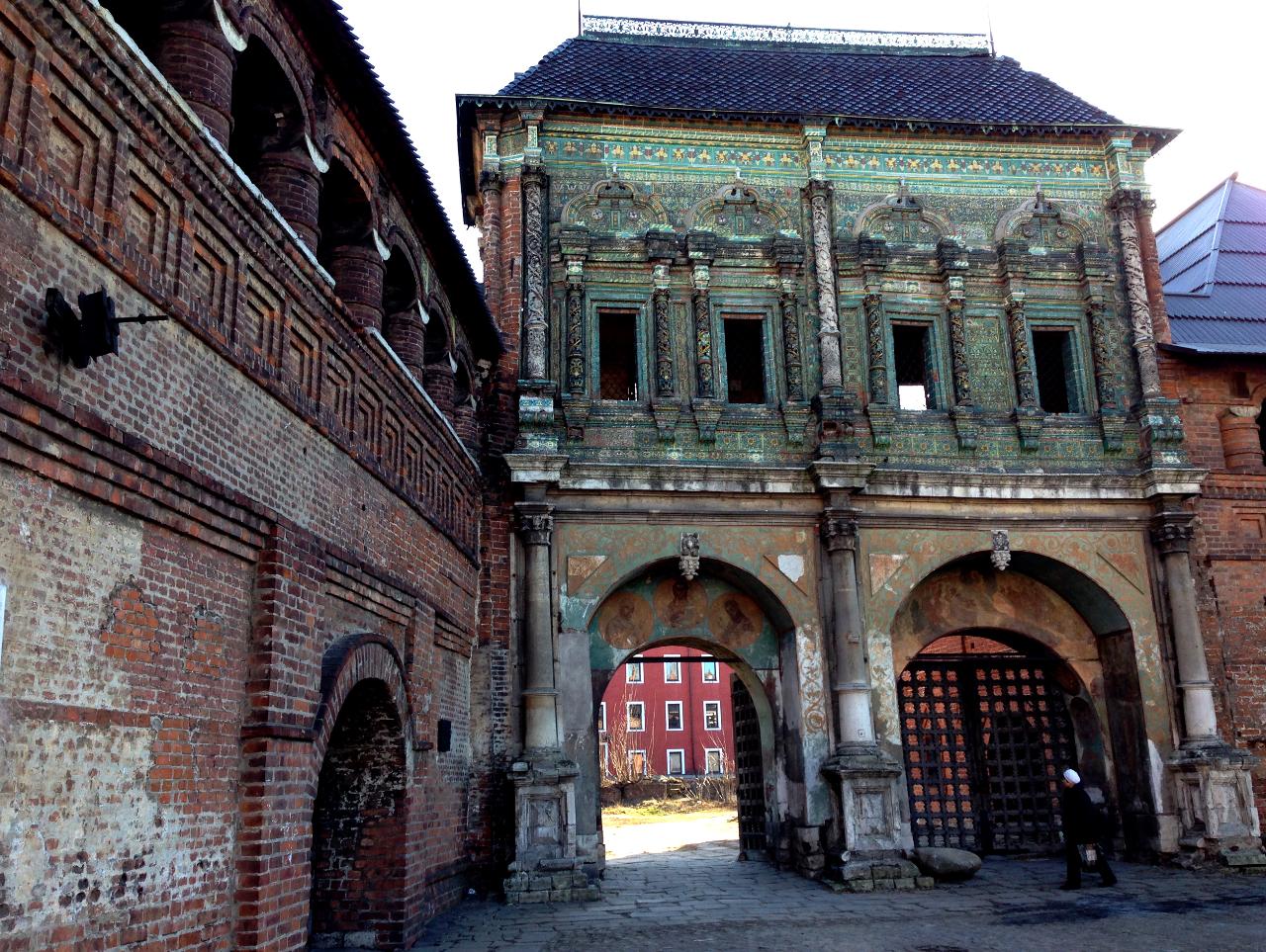
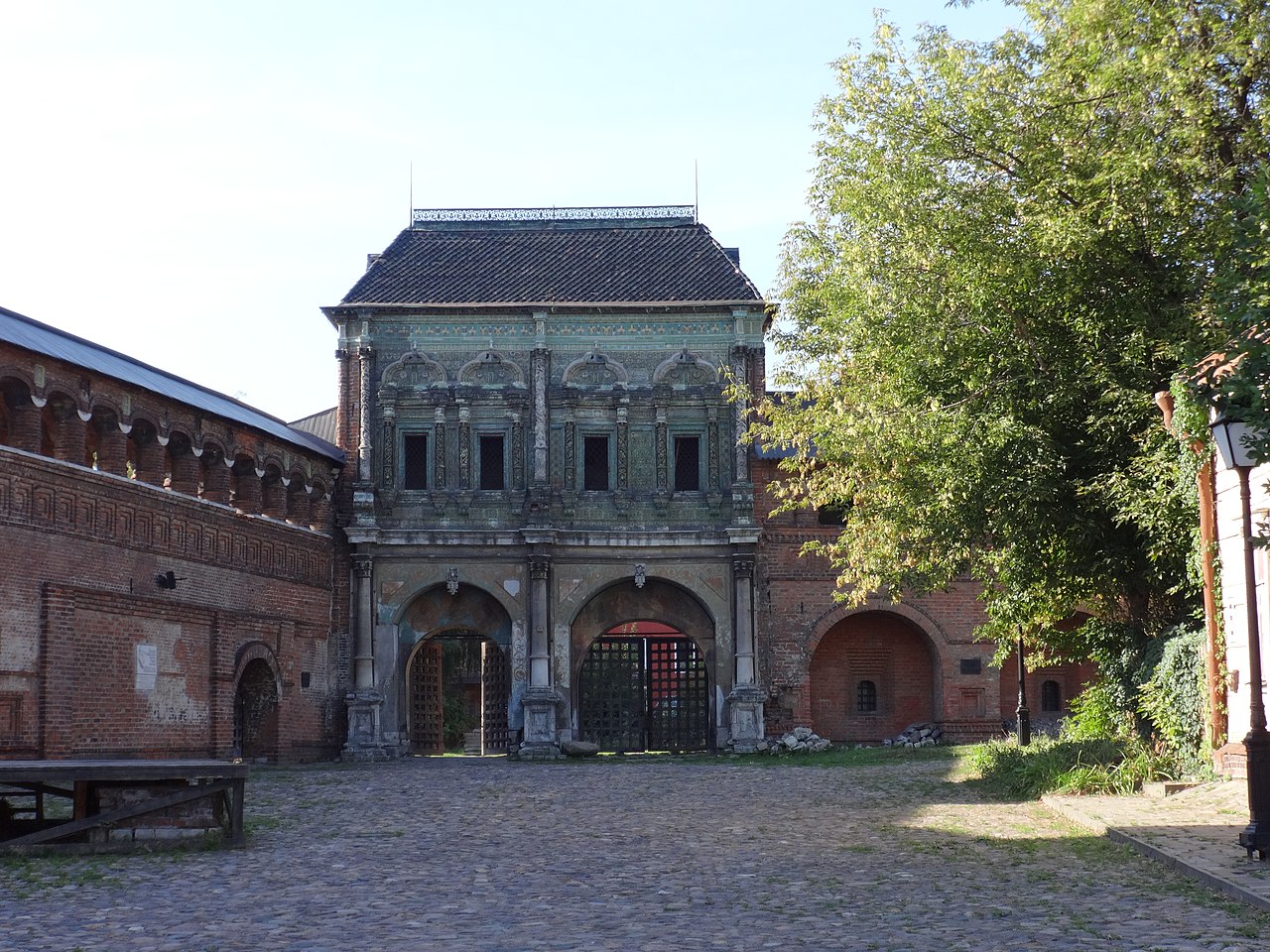
Useful information
The full name is Krutitsky Patriarchal Court of the Russian Orthodox Church (Moscow Patriarchate).
Address: 109044, Moscow, Krutitskaya Street, 11, 13..Phone number of the temple: +7 (495) 676 97 24.
.Phone number of the administration of the churchyard: +7 (495) 676 30 93.
.Official website – https://krutitsy.moscow/.
.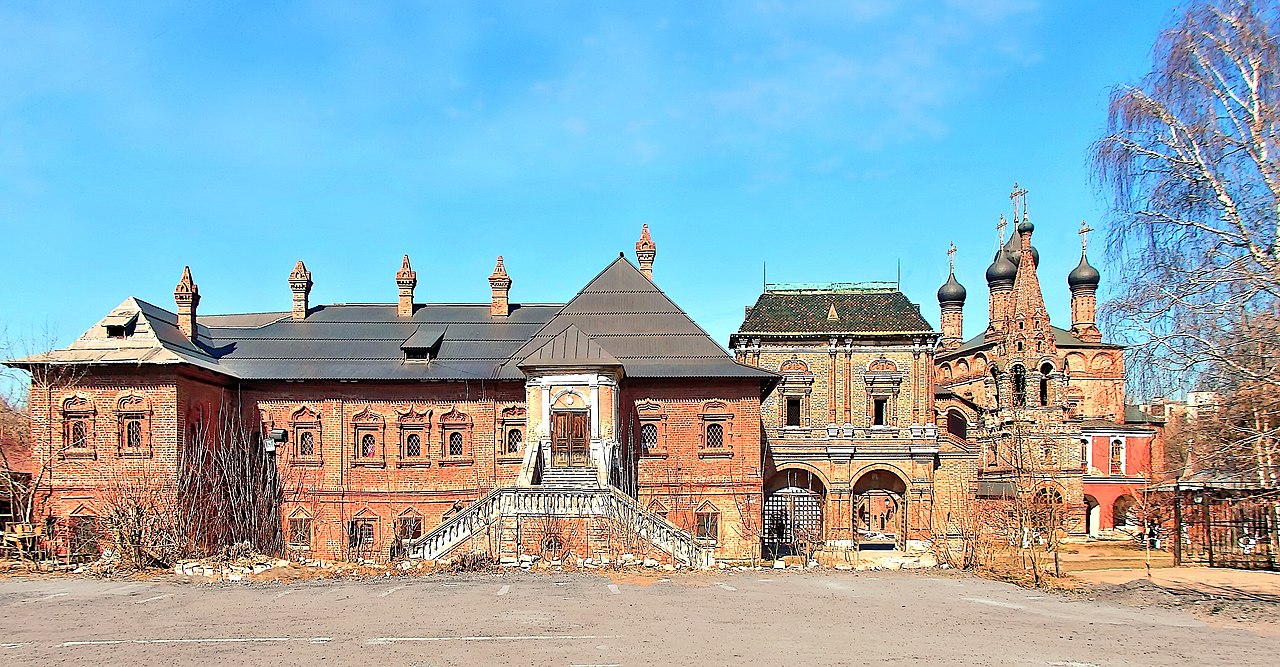
How to get there
There are several ways to get to the Krutitsky palace: by car, ground public transportation (bus, streetcar) or metro.
.By car
The distance from kilometer zero to the farmstead is about 5-6 kilometers. If there are no traffic jams on the roads, the journey by own car or cab will take about 10 minutes.
.
By bus
Near Krutitsky podvorye buses stop on the following routes: № 9, 156, 608 and H13 (night route).
.By streetcar
Following route 38 and route “A”, streetcars stop very close to Krutitsky podvorye.
.By subway
The closest Moscow metro stations to Krutitsky podvorye are considered to be the following: “Krestyanskaya Zastava” on the Lublinsko-Dmitrovskaya line, “Proletarskaya” and “Taganskaya” on the Tagansko-Krasnopresnenskaya line. At the first station, exit through the 10th exit, at the second station – through the 5th exit, and at the third station – through the 2nd exit.
.